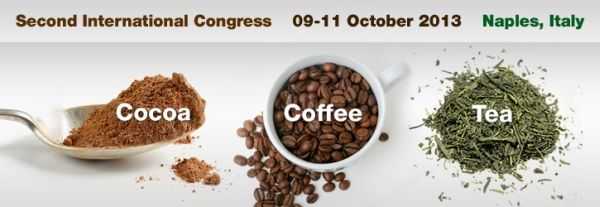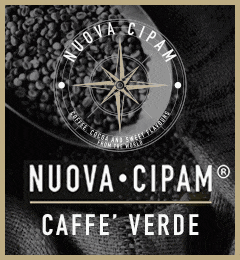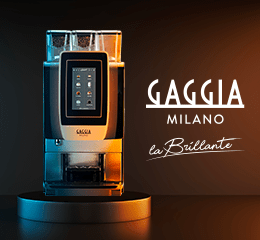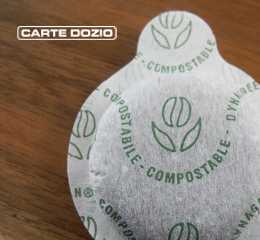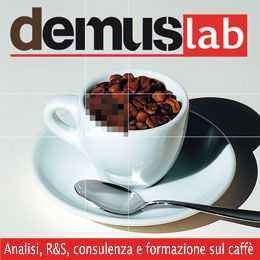Condividi con noi le tue storie legate al caffè scrivendo a direzione@comunicaffe.it.
Meitinger M.1, Amann S.1, Schieberle P.1,2 1Deutsche Forschungsanstalt für Lebensmittelchemie, Freising, Germany 2Department of Food Chemistry, Technical University of Munich, Germany E-mail: michael.meitinger@lrz.tu-muenchen.de
Strecker aldehydes, formed by a reaction of alpha amino acids with alpha dicarbonyl compounds, are well-known contributors to the overall aroma of processed foods. Recently, it has also been shown that via the same reaction pathway also the respective Strecker amines can be formed from the parent amino acids [1].
In addition, it has earlier been observed that Strecker aldehydes are not only formed by degradation of the respective amino acid, but also from the respective Amadori- Rearrangement Products (ARPs) [2].
However, up to now reliable quantitative correlations between the amounts of precursors present in the raw material and the yields of Strecker aldehydes and amines formed after processing are lacking.
In order to quantify the reaction products aswell as the precursors of these reactions in raw and processed foods, in particular a new method for the quantitation of ARPs by an application of SIDA and LC-MS/MS was developed. As a first step, ARP-valine, ARP-leucine, ARP-isoleucine, ARP-methionine, ARP-phenylalanine, ARP- tyrosine and ARP-histidine were synthesised as reference substances.
Quantitative NMR was applied to determine their purity. Then, the isotopically labelled analogues were synthesised from [13C6]- glucose to be used as internal standards.
These standards were added to different kinds of food and methanolic extracts were analysed by LC–MS/MS after SPE purification. All considered ARPs and [13C6]-ARPs were separated using their molecular ions, except for the leucine and isoleucine derivatives.
ARP-leucine and ARP-isoleucine were at first determined as sum and then their ratio was calculated from the intensities of selected daughter ions. The method showed an excellent peak to noise ratio with low matrix interferences and a good reproducibility even for food low in ARPs.
The amino acids, amines and aldehydes were quantified by means of SIDA and LC-MS/MS or GC- GC-MS. All analytes were measured in unroasted and roasted cocoa; green and roasted coffee; barley malt, wheat malt, wheat beer; pepper and pepper powder as well as in tomatoes and tomato powder.
The results will be discussed with special emphasis on the influence of the processing conditions on precursor degradation and formation of the volatile reaction products.
References
[1] Granvogl, M. et al. Formation of amines and aldehyds from parent amino acids during thermal processing of cocoa and model systems: New insights into pathways of the strecker reaction. J. Agric. Food Chem. 2006, 54, 1730-1739
[2] Weigl, M. Molekulare Charakterisierung wertgebender Aromastoffe in Edelkakao-masse: Klärung von Aromabildungsreaktionen beim Rösten von fermentierten Kakaobohnen. Thesis 2006, Technische Universität München, Germany



